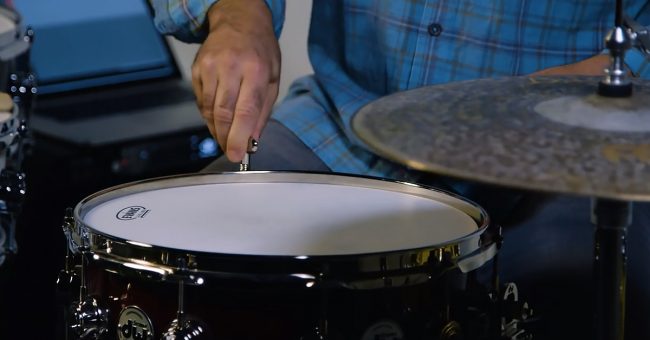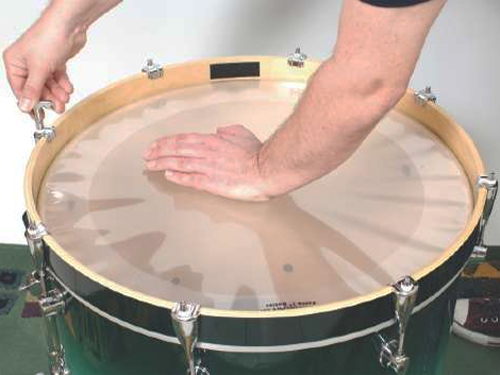Tuner Standard Drum Tuning Notes
Tuner Standard Drum Tuning Notes, Indeed recently has been hunted by consumers around us, perhaps one of you personally. People now are accustomed to using the internet in gadgets to view video and image information for inspiration, and according to the name of this article I will discuss about
If the posting of this site is beneficial to our suport by spreading article posts of this site to social media marketing accounts which you have such as for example Facebook, Instagram and others or can also bookmark this blog page.
If an a is sharp it will be 441 hz or higher.

Drum bass vocal samples. Low medium high or maximum and if top or bottom head is higher in lug frequency. Calculate the top and bottom head lug frequency for every drum head. If you have trouble picking it out you can rest a finger on the center of the head to better isolate the tone.
Low medium high or maximum and if top or bottom head is higher in lug frequency. Bandana this tip comes from cody at sounds like a drum. When deciding on a scale to tune to you should be sympathetic to the key of the song being played.
As drummers we have a habit of tuning our drums to particular intervals. You can even consider tuning the kit to a musical scale. It will let a musician know if the note they are playing is sharp too high flat too low or if it is in tune.
Tuners work by detecting the frequency of the pitch sound waves. The interval between drums is more important than many realize and size is the key to evenly resonant incremental notes between drums. The accuracy of a pitch is what musicians call intonation.
Decide on the amount of resonance. Our snare drum tuned to a c dominant could be accompanied by a kick tuned to an f tonic and toms tuned to other notes of the f major scale. Preparing the head.
These formulas may not be exact. Summary of tuning steps. Equalize top and bottom heads.
2 decide on the amount of resonance1. Summary of tuning steps 1 choose the fundamental notes for every drum using table 1. The tiniest of movements on the tuning lug can make huge differences and raise pitch drastically.
Find the range of notes a drum and its heads can take before you bust your swivel nuts and lugs or where the heads get too loose to hold a good resonating note. How to tune your drums. This means that the distance the interval between the tuned note of one drum and that of another is a recognisable one.
Usually the go to interval is 135 yes a chord for a floor tom and two rack toms or 13 or 15 for a 1. Directly in front of any tension rod. Going from your smallest tom to the biggest tune the drums to the notes c e g and another c if you have a fourth tom.
Now tap in front of the adjacent neighboring rod. Try tuning your kit to a major triad. If you are feeling particularly ambitious you can try tuning the toms in your drumset to specific notes.
This does not mean that we need to or want to tune to specific chromatic notes but rather that no matter where we choose. For example an a is 440 hz. I break down a simple method to learn how to tune your drums to notes.
Drum set tuning intervals. 3 calculate the top and bottom head lug frequency for every drum head. Choose the fundamental notes for every drum using table 1.
Tune top and bottom heads to required lug frequency. This video is geared toward beginners that have no experience tuning drums. Example notes to tune to.







